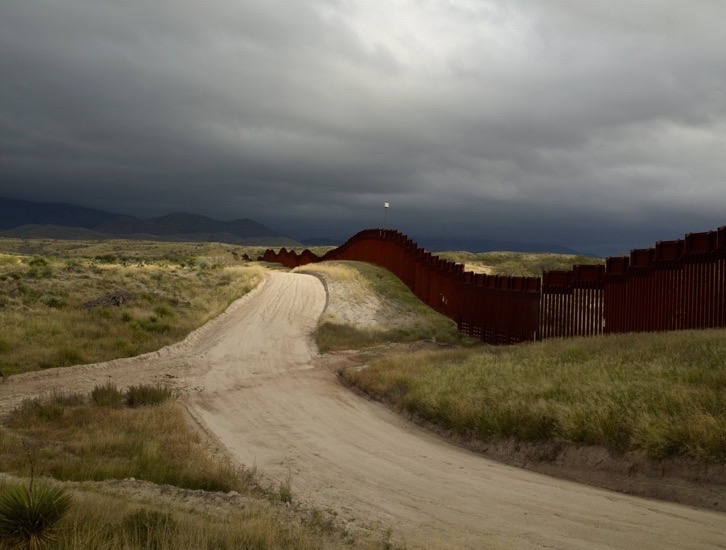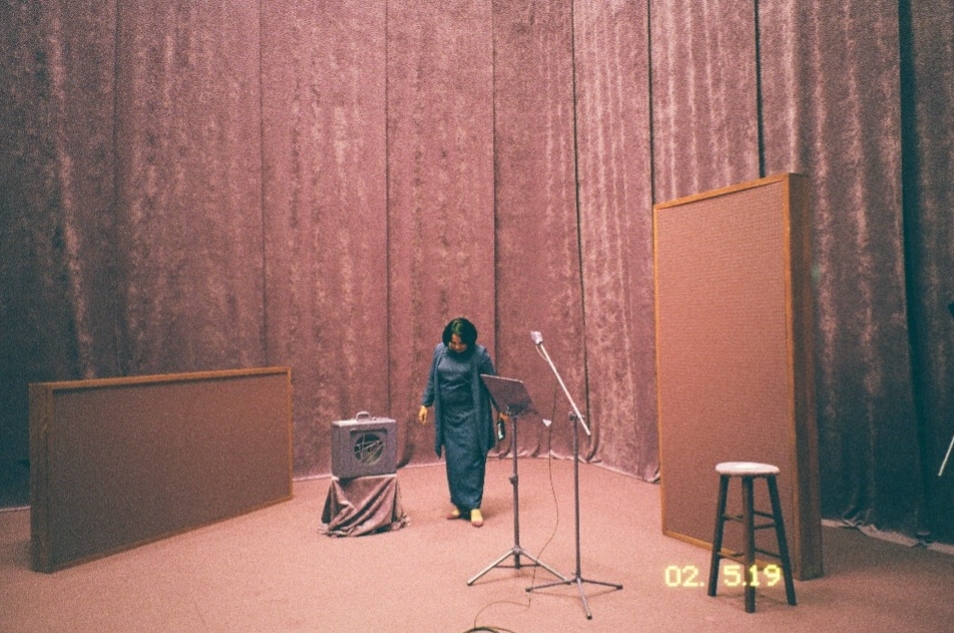What is the environmental impact of AI on our planet, and what colonial impulses does this technology enable? Episode Five zooms out and up with leading AI researcher Kate Crawford, technology writer Arthur Holland Michel, and photographer Richard Misrach to look at how cameras are used to divide, extract, survey, and surveil landscapes.
Mirror with a Memory Episode Five: Land
Featuring
Kate Crawford is a researcher and professor who studies the social, cultural, and political implications of artificial intelligence. For over a decade, her work has focused on understanding large-scale data systems in the wider contexts of politics, history, labor, and the environment. She is the inaugural Visiting Chair for AI and Justice at the École Normale Supérieure in Paris and a Senior Principal Researcher at Microsoft Research New York. In 2019, she and the artist Trevor Paglen produced the exhibition Training Humans, examining the images used to train AI systems, at Fondazione Prada’s Osservatorio. Her collaborative projects Anatomy of an AI System and Excavating AI have won international awards, and her book Atlas of AI: On Power, Politics and the Planetary Costs of AI will be published by Yale University Press in 2021.
Arthur Holland Michel is a Peruvian-born writer and researcher who currently serves as a senior fellow at the Carnegie Council for Ethics in International Affairs. He has written about drones, surveillance, artificial intelligence, robots, and the arts for Wired, Vice, Foreign Policy, The Atlantic, The Verge, Fast Company, Motherboard, Al Jazeera America, Bookforum, Mashable Spotlight, and the Oxford Research Encyclopedia, among other outlets. His first book, Eyes in the Sky, about the rise of advanced aerial surveillance technology, was published by Houghton Mifflin Harcourt in 2019. He is a founder of the Center for the Study of the Drone, a research institute at Bard College, where he was co-director from 2012 to 2020.
Richard Misrach has photographed the landscape of the American West through an environmentally aware and politically astute lens for over 40 years. His visually seductive, large-scale color vistas document the devastating ecological effects of human intervention, industrial development, nuclear testing, and petrochemical pollution on the natural world. His best known and ongoing epic series, Desert Cantos, comprises 39 distinct but related groups of pictures that explore the complex conjunction between mankind and nature. Its most recent chapters capture the highly charged political climate following the 2016 US presidential election through photographs of spray-painted graffiti messages scrawled on abandoned buildings and remote rocky outcroppings in desolate areas of Southern California, Arizona, and Nevada.
Martine Syms is an artist using video and performance to examine representations of blackness. Her work has been exhibited and screened extensively, including presentations at the Hammer Museum, Los Angeles; the Institute of Contemporary Arts, London; Museum of Contemporary Art, Los Angeles; the Museum of Modern Art, New York; the New Museum, New York; and the Studio Museum in Harlem. She runs Dominica Publishing, an imprint dedicated to exploring blackness in visual culture. Syms is the author of Implications and Distinctions: Format, Content and Context in Contemporary Race Film (2011). She is a faculty member in the School of Art at the California Institute of the Arts.
Additional Media
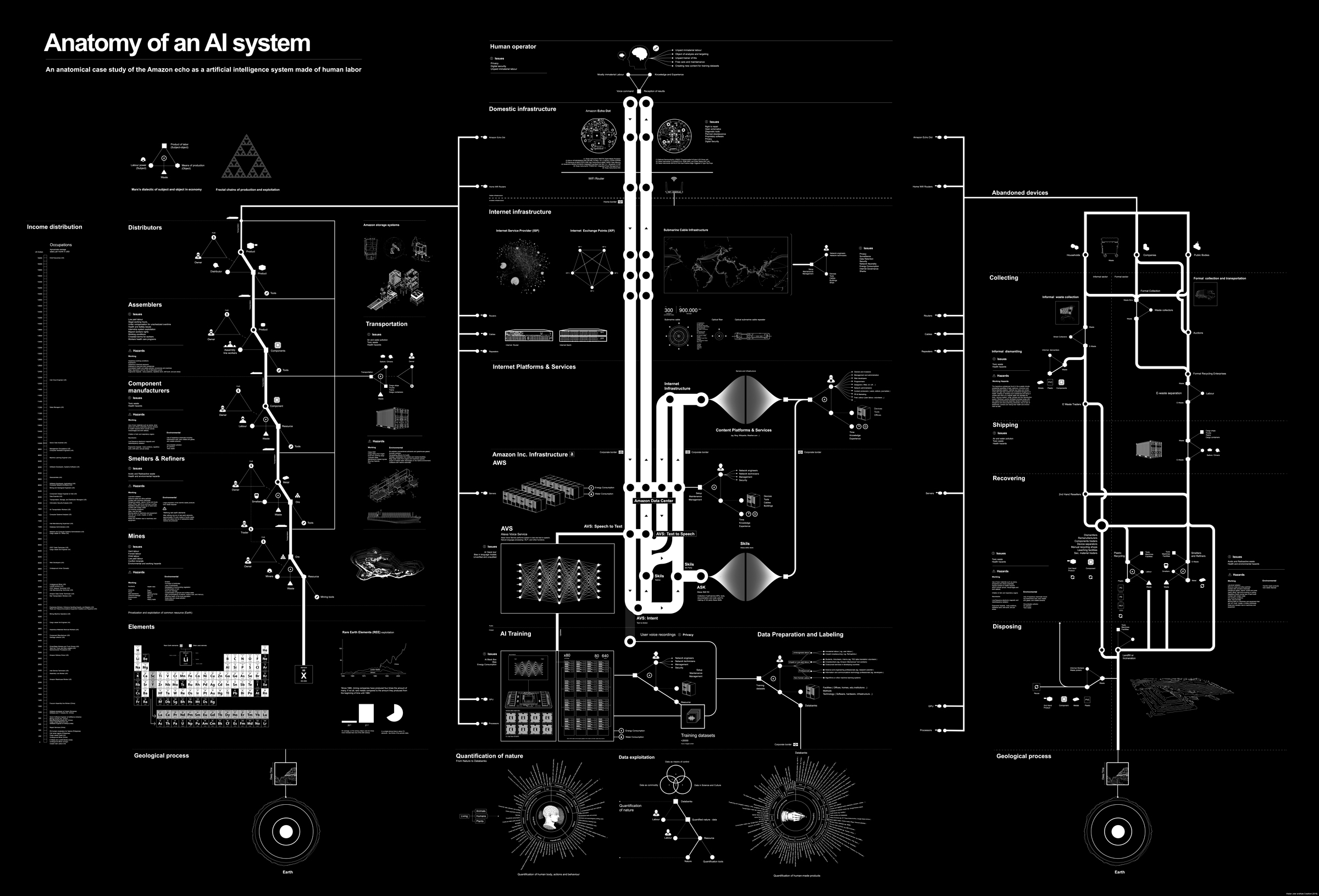
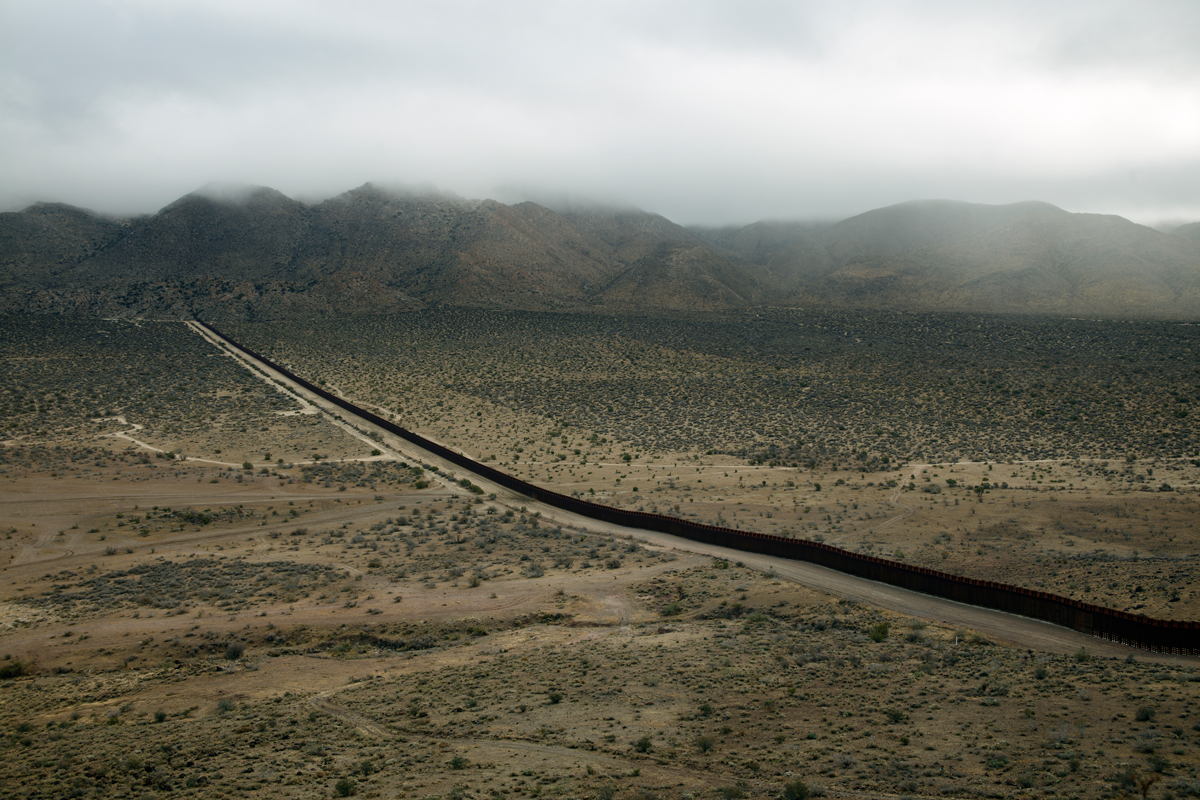
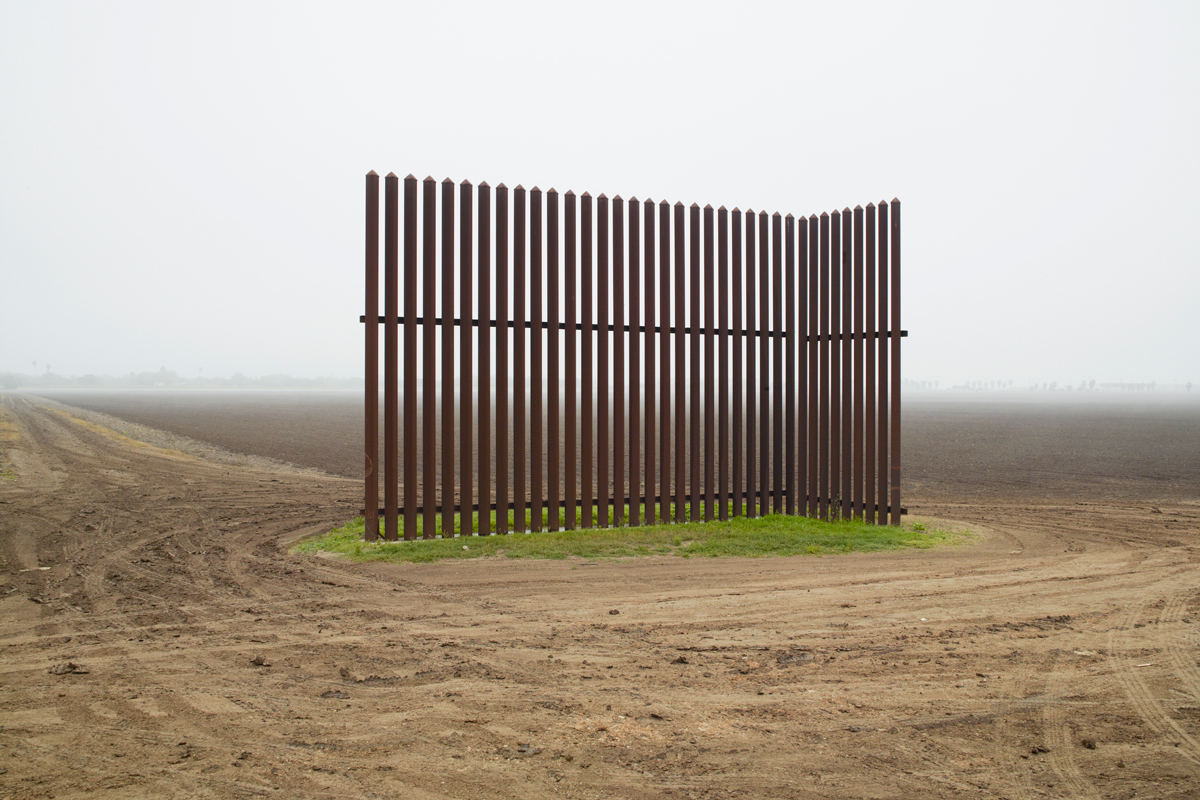
More Episodes View All →
The Mirror with a Memory podcast focuses on different facets of the conversation around artificial intelligence and photography—from biometrics and racial bias to the ways that we perceive the environment and international borders. Hosted by renowned American artist Martine Syms, the six-episode series features leading artists and thinkers in dialogue accompanied by excerpts from important artworks, unpacking the ways in which the collision of photography, surveillance, and artificial intelligence impacts everyone.

